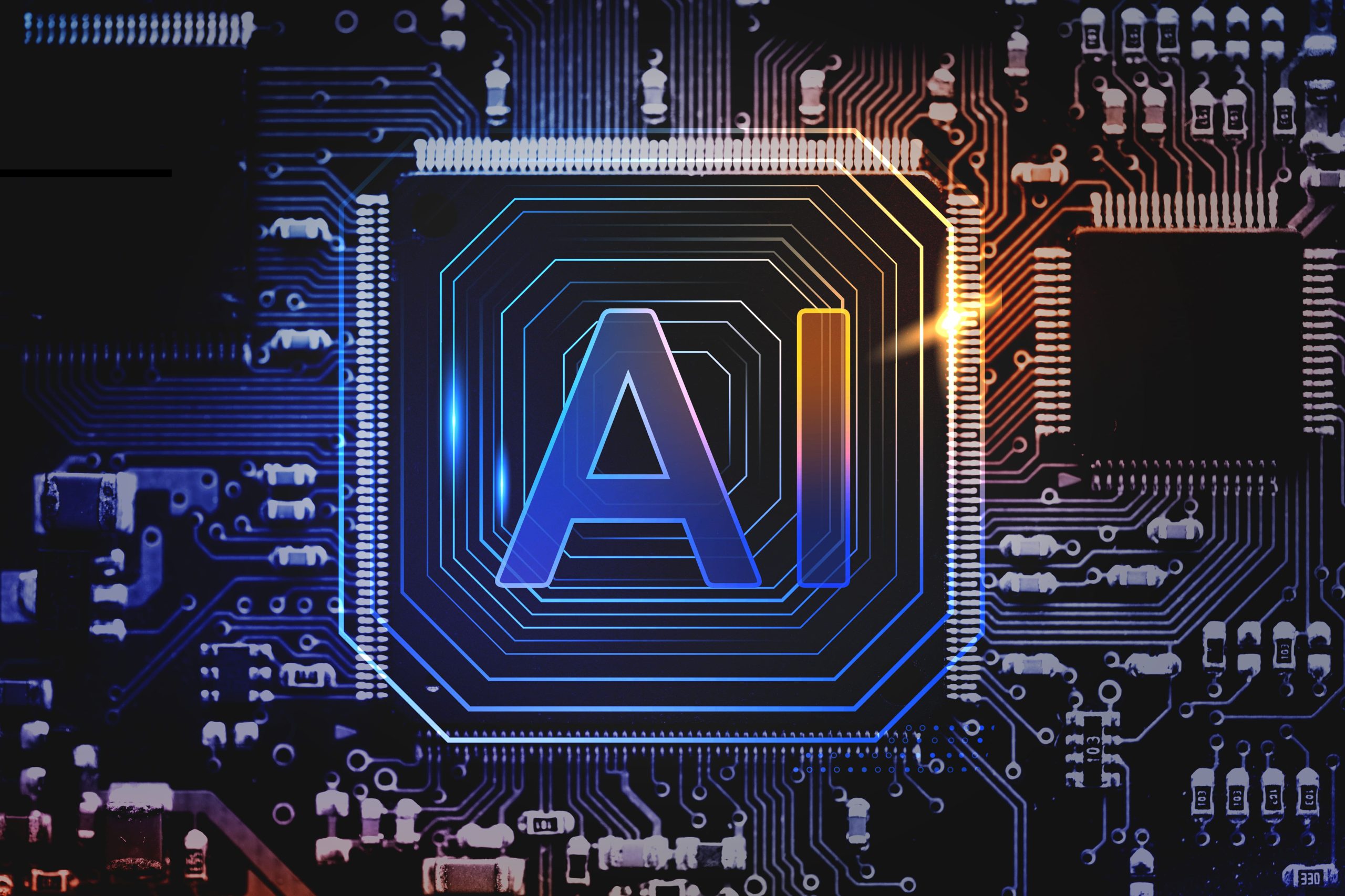
Unleashing the Power of AI: 16 Game-Changing Tools Shaping the Future of Innovation
Artificial intelligence (AI) has become a game-changer across various industries, revolutionizing the way we work, live, and innovate. Here are 16 AI tools that are unleashing the future of innovation:
- Natural Language Processing (NLP): NLP enables computers to understand and interpret human language. It powers chatbots, virtual assistants, and language translation services, making communication between humans and machines seamless.
- Computer Vision: Computer vision allows machines to analyze and interpret visual information from images or videos. It is used in facial recognition, object detection, autonomous vehicles, and medical imaging, among other applications.
- Speech Recognition: Speech recognition technology converts spoken words into written text. It is the foundation of voice assistants like Siri and Alexa and is used in transcription services, voice-controlled systems, and call center automation.
- Generative Adversarial Networks (GANs): GANs are a class of AI algorithms that generate synthetic data by training two neural networks in competition. They have been used to create realistic images, videos, and even deepfake technology.
- Reinforcement Learning: Reinforcement learning is an AI technique where an agent learns to make decisions based on feedback from its environment. It has been used to train AI systems for complex tasks like playing games, optimizing industrial processes, and autonomous robots.
- Predictive Analytics: Predictive analytics uses historical data and statistical models to forecast future outcomes. It is widely used in sales forecasting, demand planning, fraud detection, and risk assessment.
- Autonomous Systems: Autonomous systems combine AI, robotics, and sensor technology to perform tasks without human intervention. Examples include self-driving cars, drones, and industrial robots that can operate independently in complex environments.
- Recommendation Systems: Recommendation systems use AI algorithms to provide personalized suggestions to users. They are widely used in e-commerce platforms, streaming services, and social media platforms to enhance user experience and increase engagement.
- Virtual Assistants: Virtual assistants like Siri, Alexa, and Google Assistant use AI to understand and respond to user queries. They can perform tasks, provide information, and control smart devices, making them an integral part of our daily lives.
- Deep Learning: Deep learning is a subset of machine learning that uses artificial neural networks to mimic the human brain’s structure and function. It has achieved remarkable breakthroughs in areas like image recognition, natural language processing, and medical diagnosis.
- Robotic Process Automation (RPA): RPA uses AI and machine learning to automate repetitive and rule-based tasks. It can streamline business processes, increase efficiency, and reduce errors, freeing up human resources for more complex and creative work.
- Data Analytics: AI-powered data analytics tools can process vast amounts of data and extract valuable insights. They help businesses make data-driven decisions, identify patterns, detect anomalies, and optimize operations.
- Sentiment Analysis: Sentiment analysis uses AI algorithms to analyze and understand human emotions expressed in text or speech. It is widely used in social media monitoring, customer feedback analysis, and brand reputation management.
- Intelligent Virtual Reality (VR): Intelligent VR combines AI with virtual reality to create immersive and interactive experiences. It has applications in training simulations, education, healthcare, and entertainment.
- Chatbots: Chatbots use AI and NLP to simulate human-like conversations with users. They can handle customer queries, provide support, and automate tasks, improving customer service and reducing response times.
- AI-powered Cybersecurity: AI is being used to enhance cybersecurity defenses by analyzing vast amounts of data, detecting anomalies, and identifying potential threats in real-time. It can help organizations proactively protect their systems and data.
These AI tools are just a glimpse of the vast potential of AI in unleashing future innovation. As AI continues to advance, it will undoubtedly bring further transformation